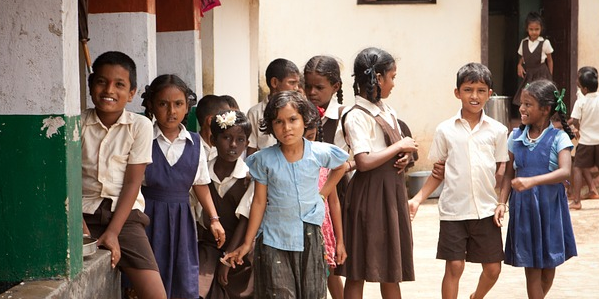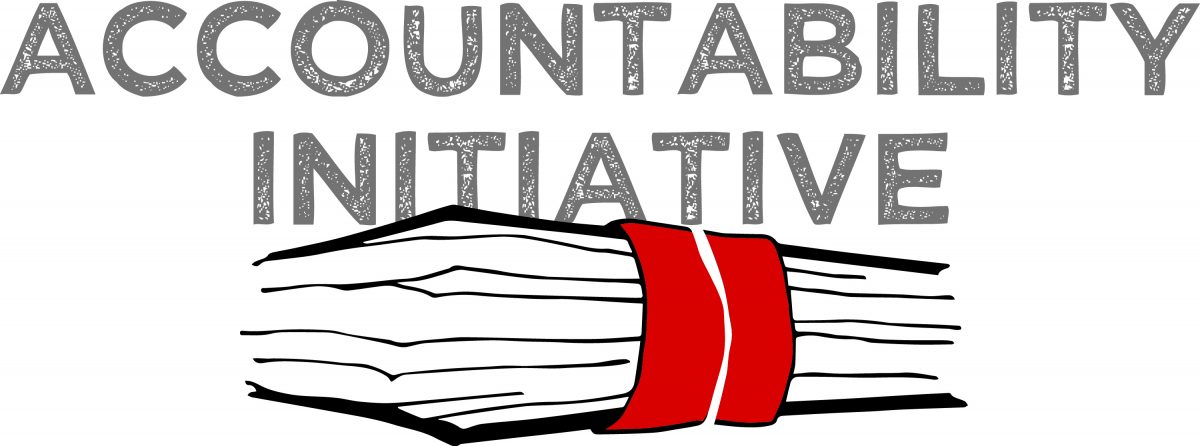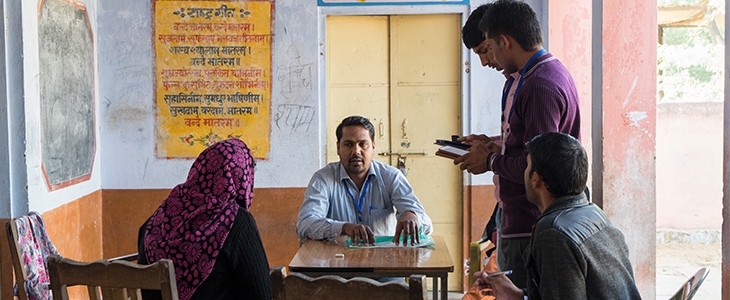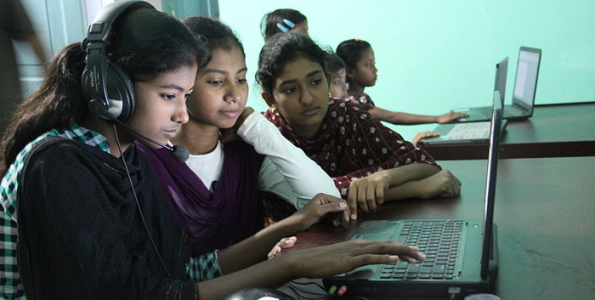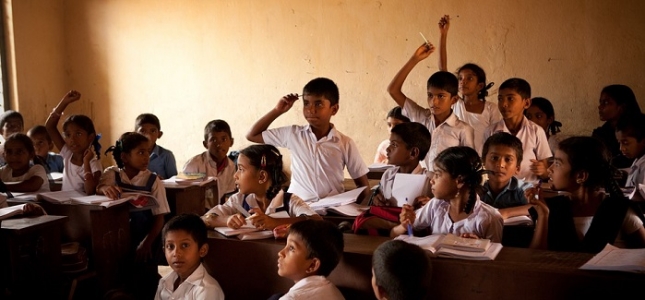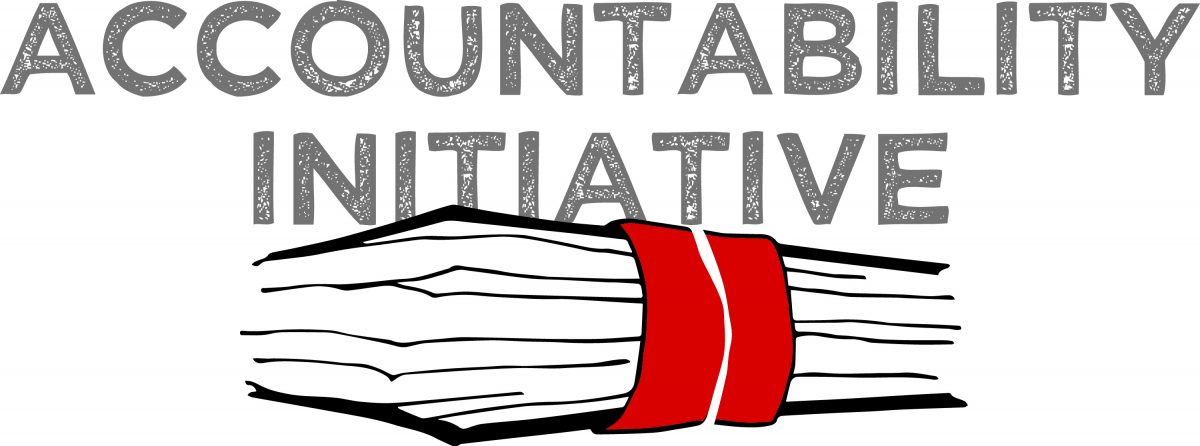This blog is part of a series on blockchain technology, governance and its implications for e-Governance in India.
Since my blog of last week, two events that relate to digital privacy have further muddied the waters. The Supreme Court’s decision that one’s Aadhar number need not be linked to every service imaginable, from your bank account to your taxi app, came as a relief to those who worried about protecting their privacy. I, for one, vented my irritation by sending rude replies to all those threatening messages that asked me to reveal my Aadhar number to them or else. Sadly, all the messages came back, undelivered. There must be a law against those who send automated messages that block replies – some of my responses were literary masterpieces!
But then came the Cambridge Analytica expose. Cambridge Analytica, a big data mining firm that was instrumental in strategising electoral campaigns in widely differing democratic contexts, was found out playing dirty, by using data from social media to target delivery of persuasive messages, many based on falsehood and the maligning of opponents. Clearly, it does not matter that we are given a respite by the Supreme Court from enforced transparency of our personal lives. If we are on social media, ruthless big data giants like Cambridge Analytica have us caught naked, in their searchlights and are making money selling our pictures to politicians. It did not come as a surprise that the India branch of Cambridge Analytica, which claims to have influenced elections through their strategies for large, mainstream parties that can afford to pay their costs, is headed by a politically well-connected individual.
The paradox is that even as our personal data out there is vulnerable to cross-linkage to build a complete profile of our lives that can be sold for good money without our knowledge, governments continue to drag their feet on building integrated architecture for the divulging of data relating to its doings.
Let me give you an example.
In nearly all States, a slew of departments that are termed the Revenue system – which, by the way has nothing to do with revenue, but which looks after land administration – has computerised its databases. This is a commendable task and must be appreciated. For example, Karnataka state was one of the first to digitise its data on agricultural land, through the widely acclaimed ‘Bhoomi’ project. This was followed by the Registration department – a unit within the larger revenue set up ‘Cauvery’ project, which computerised the registration process, when immovable property is sold and bought. Yet, for a considerable number of years, Bhoomi and Cauvery did not speak to each other. This meant that if one sold a piece of land, one still had to obtain physical copies of the land cultivation particulars from the Bhoomi system and physically present them to the registration department, which would scan the sale deed and record the registration of property in Cauvery. But then, since Cauvery did not speak to Bhoomi, the buyer of the land would again have to obtain physical copies of the sale document from the registration department and make a fresh application to the Bhoomi wallahs to replace in their land records the name of the seller with the buyer. This took another 45 days.
However, buying and selling of land is not the only transaction that happens with land. The owner of land may like to partition it, sell a few portions and retain the rest. That introduces another complication; the fresh boundaries of the smaller plots of land have to be marked on the drawings of the land. This is done by the survey and settlement department; another member of the Revenue family.
However the survey and settlement department has a backlog of digitisation of records to follow. That is understandable, given that measurement of land and marking their boundaries on the ground is a manual process that still have to be done, even in the age of digitisation. What is not understandable is that more than twenty years have passed since the first steps were taken towards Bhoomi, but there has been little headway in the digitisation of survey drawings on the ground.
When the nature of the land is changed, for example, if its classification changes from agricultural to non-agricultural use, there are further complications in store. Non-agricultural land is taxed by the local governments, namely, the Gram Panchayats and the Municipalities. They do not come under the Revenue system and so, their accounting and database systems have taken a different path.
And you guessed it – the local government software does not speak to Bhoomi or Cauvery, in spite of the government’s claims that they do. So one has to again obtain physical copies of documents from one system and present it to the local government to have the records changed there.
All this could be easily solvable, if they focused their Aadhar style linkages on land, rather than on people. If every piece of land were given a unique number that enabled its ownership records to seamlessly transfer from one digital system to another, life would be much easier for people.
But when was governance ever meant to make peoples’ lives simpler?



